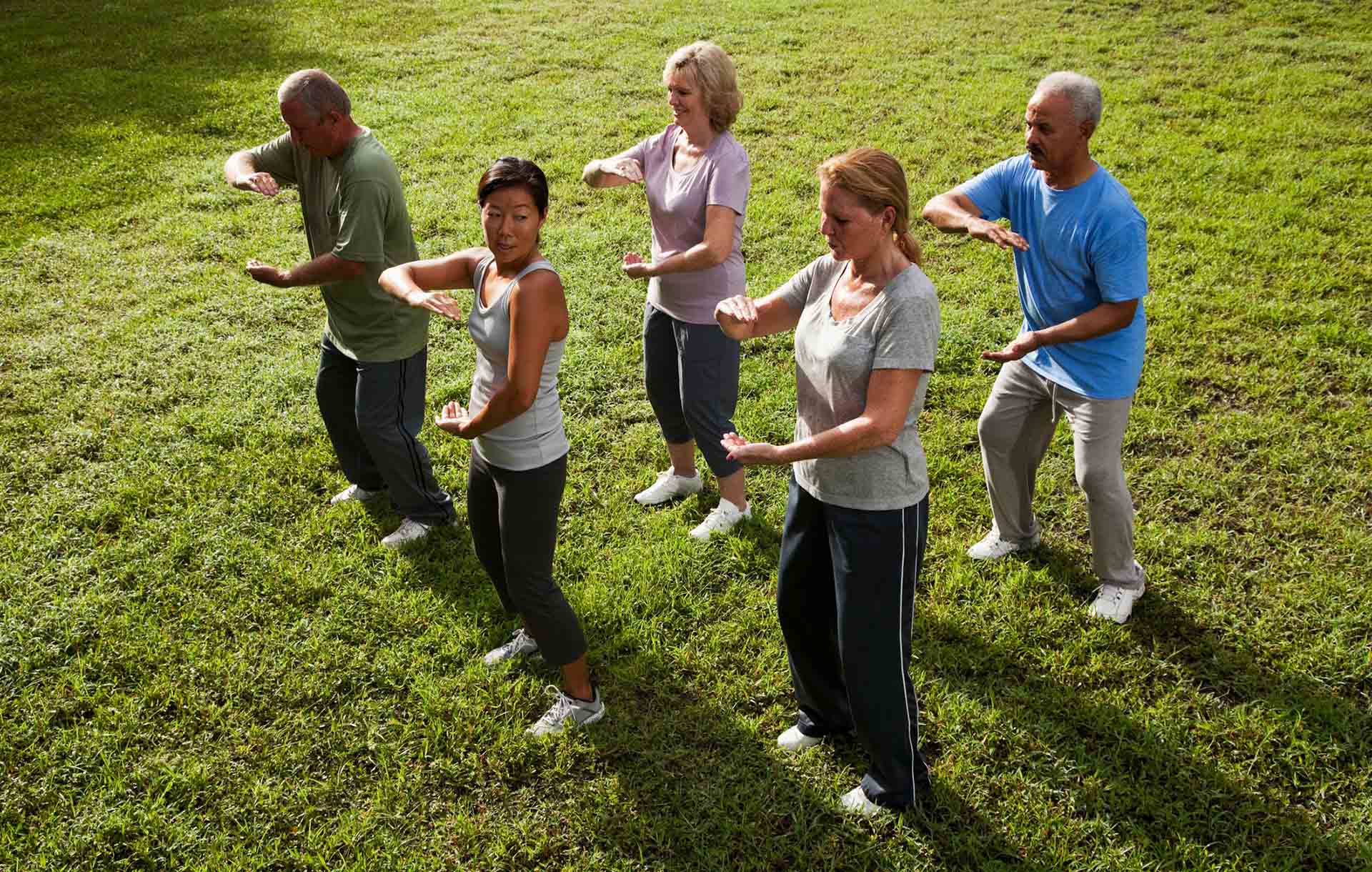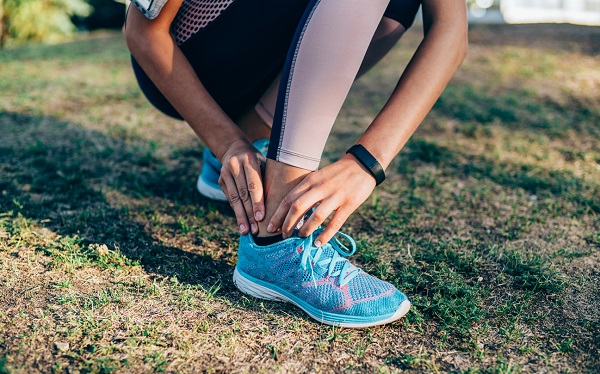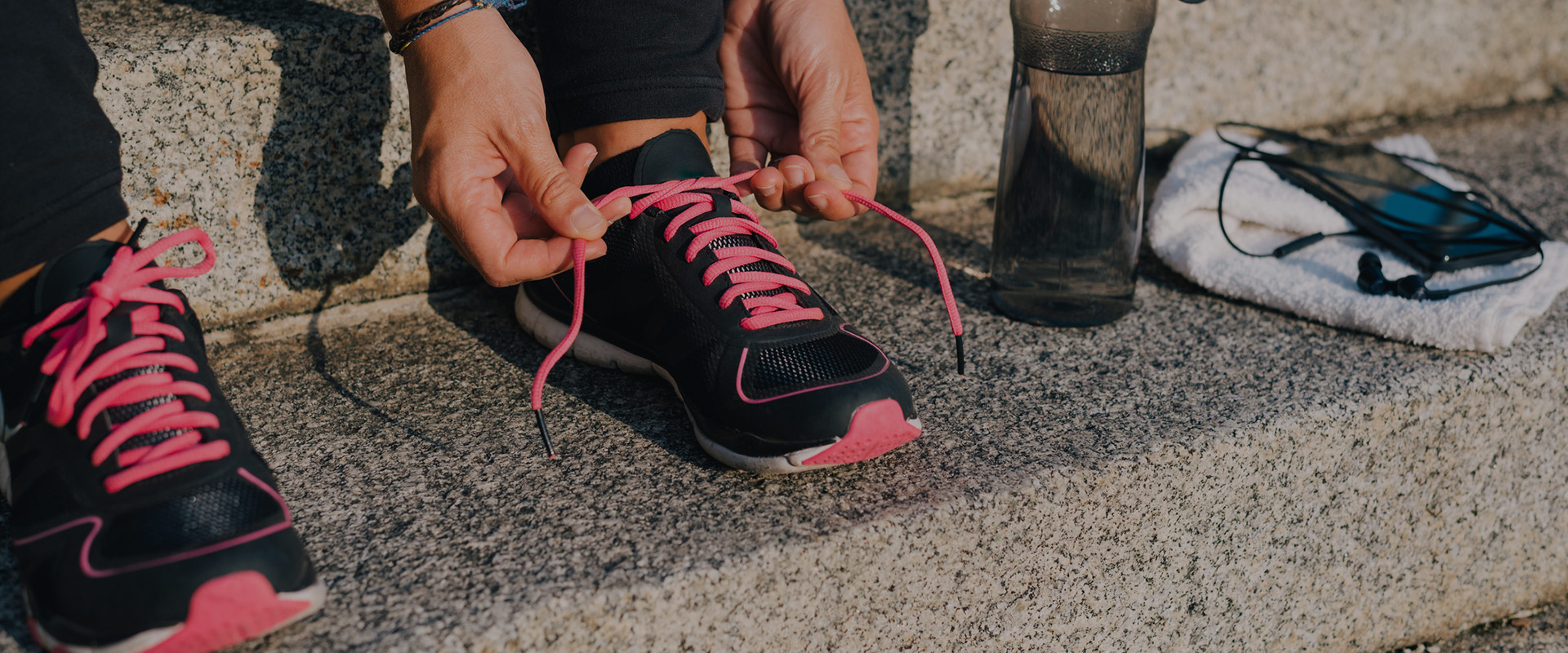-
Tai chi originated in ancient China. It’s an effective exercise for both body and mind, and is often called ‘meditation in motion’. Tai chi’s gentle, low-impact, slow-motion exercise helps maintain strength, flexibility and balance.
The Chinese word ‘jing’ means quietness, and in tai chi, mental quietness. Modern life can be fast and stressful. Tai chi puts our mind into quiet mode by first imagining we are in a beautiful place, like by a lake, or on a mountain top, or in a rainforest.
We then focus on our body. Even though tai chi movements are slow and precise, there is still a lot to focus on, so we have to be quiet from within and be listening to our body.
The benefits of tai chi
Tai chi has health and wellbeing benefits for people of all ages. Its uplifting calmness can help to reduce stress. The exercises and stretching can help improve posture, balance and strength – although the movements are slow, strength is required to be able to perform them well. Tai chi is also a great way to get moving if you are overweight. Research also suggests it may help to ease lower back pain.
For older people, tai chi can be particularly beneficial. Some studies have suggested that tai chi may help with preventing falls and reducing pain from arthritis.
What to expect in a tai chi class

-
What happens in a tai chi class?
Tai chi is practiced in a slow, coordinated way. I always encourage students to work at their own pace and listen to their body, which is different for everyone. Don’t feel bad if you’re not very coordinated at first.
We start with gentle warm-up exercises, including walking around slowly, clenching and unclenching hands for one or two minutes, letting go of everyday thoughts and preparing ourselves to focus on tai chi.
Then we do two stretches for each part of the body, going from neck, shoulder, spine, hip, knees to toes, doing each stretch 3-6 times on both left and right sides. Those who have difficulty balancing can use a chair or the wall for support.
We stretch gradually, holding each stretch for 10-15 seconds to allow the muscles to relax, until we are at 70-80% of full range. In the West, 100% effort is often encouraged. Tai chi is different – we always work to the principle of only using about 70-80% of energy, with the rest reserved to avoid overwhelm.
Getting the most out of tai chi
To get the most from your tai chi practice, it’s important to relax, be open-minded and playful and enjoy developing a deeper connection to all life around you. Take pleasure in noticing and connecting mentally and physically to the flows of energy. Feel this connectedness in your whole body and move by engaging your core.
It is vital to be aware of your base or connection to the ground. Wear thinner, softer-soled shoes to feel the earth under your feet.
Consistent practice is important for progress. Set your time to practice regularly and consistently. Practicing with a friend in the park or garden can be fun and can support your discipline, and help if you feel self-conscious practicing in the park. Alternatively, join a group to practice with.
Be aware of how you move in everyday tasks. For example, you can practise by flowing in your movements while working in the kitchen. The practice of tai chi is a lifestyle thing, not just an exercise, so bring its flow into your day.
-
How to walk 10,000 steps
Discover how to easily reach your goal of 10,000 steps daily.
-
Everything you need to know about parkrun
Been wondering what a parkrun looks like? Where do you go? What do you do? How do you sign up? Find out here.
-
Five ways to exercise when on a budget
You don’t need to spend money on gym memberships just to meet your fitness goals. Here are five free ways to stay healthy and active when you’re living on a budget.
-
How parkrun changed my life
Christie Farrow went from being an exercise-phobe to a true blue runner with parkrun.
-
Australia's top female athletes unite on ACL injury
Some of Australia's most talented athletes have joined forces to highlight the unique injury challenges women face.
-
How to create your perfect summer fitness plan
Be inspired by the sunshine and get moving
Subscribe to receive the best from Live Better every week. Healthy recipes, exercise tips and activities, offers and promotions – everything to help you eat, move and feel better.
By clicking sign up I understand and agree to Medibank's privacy policy





